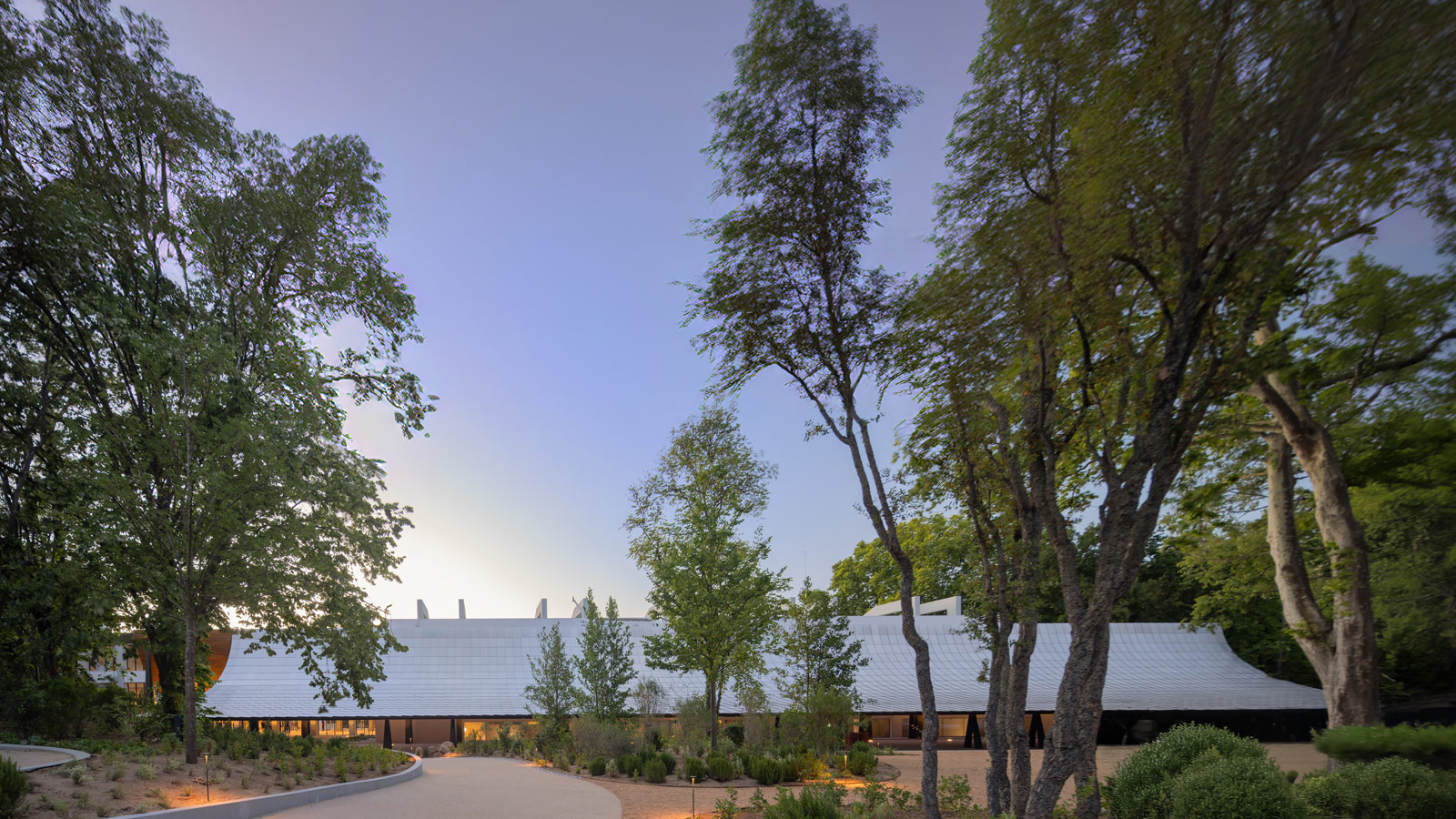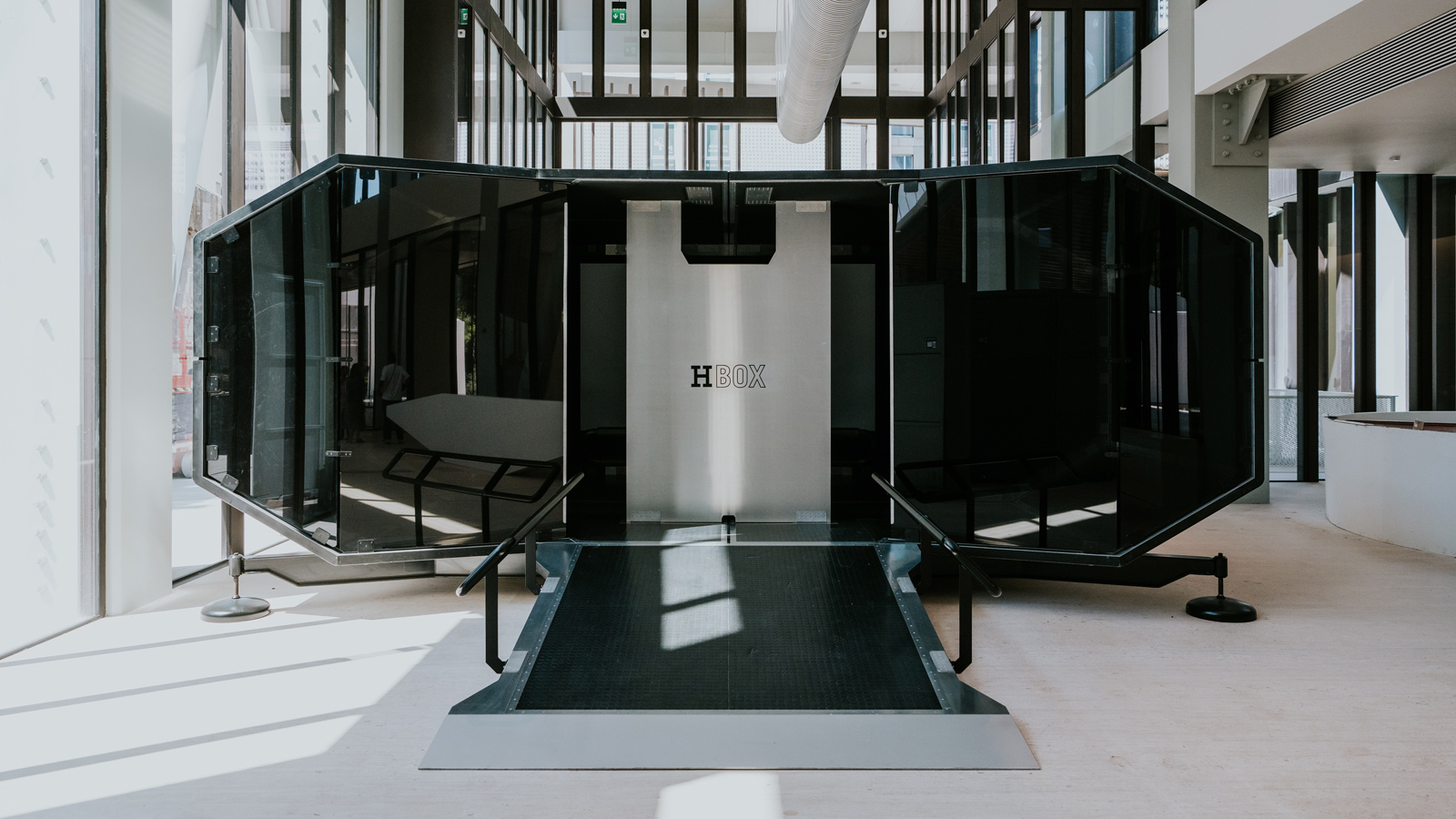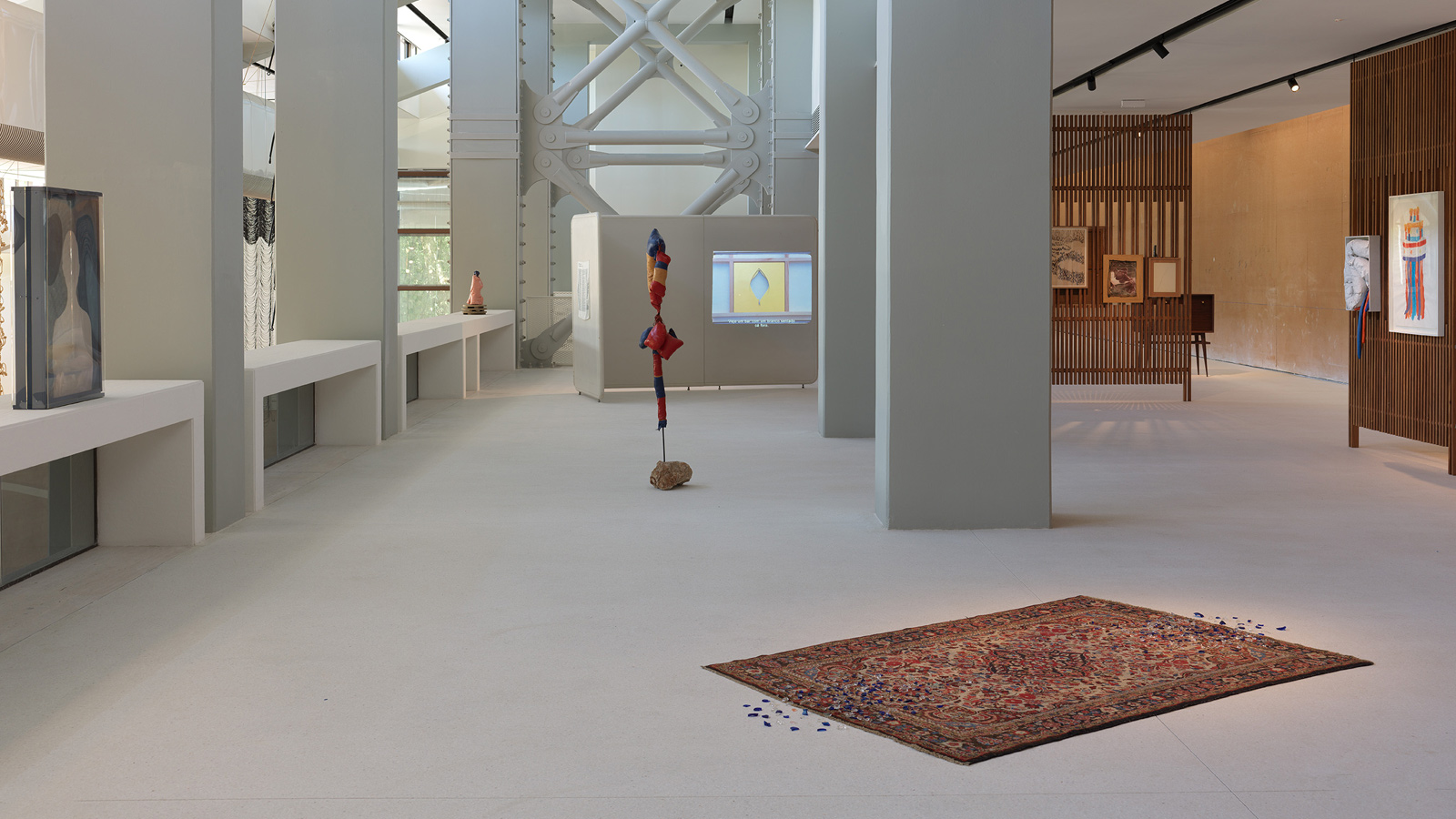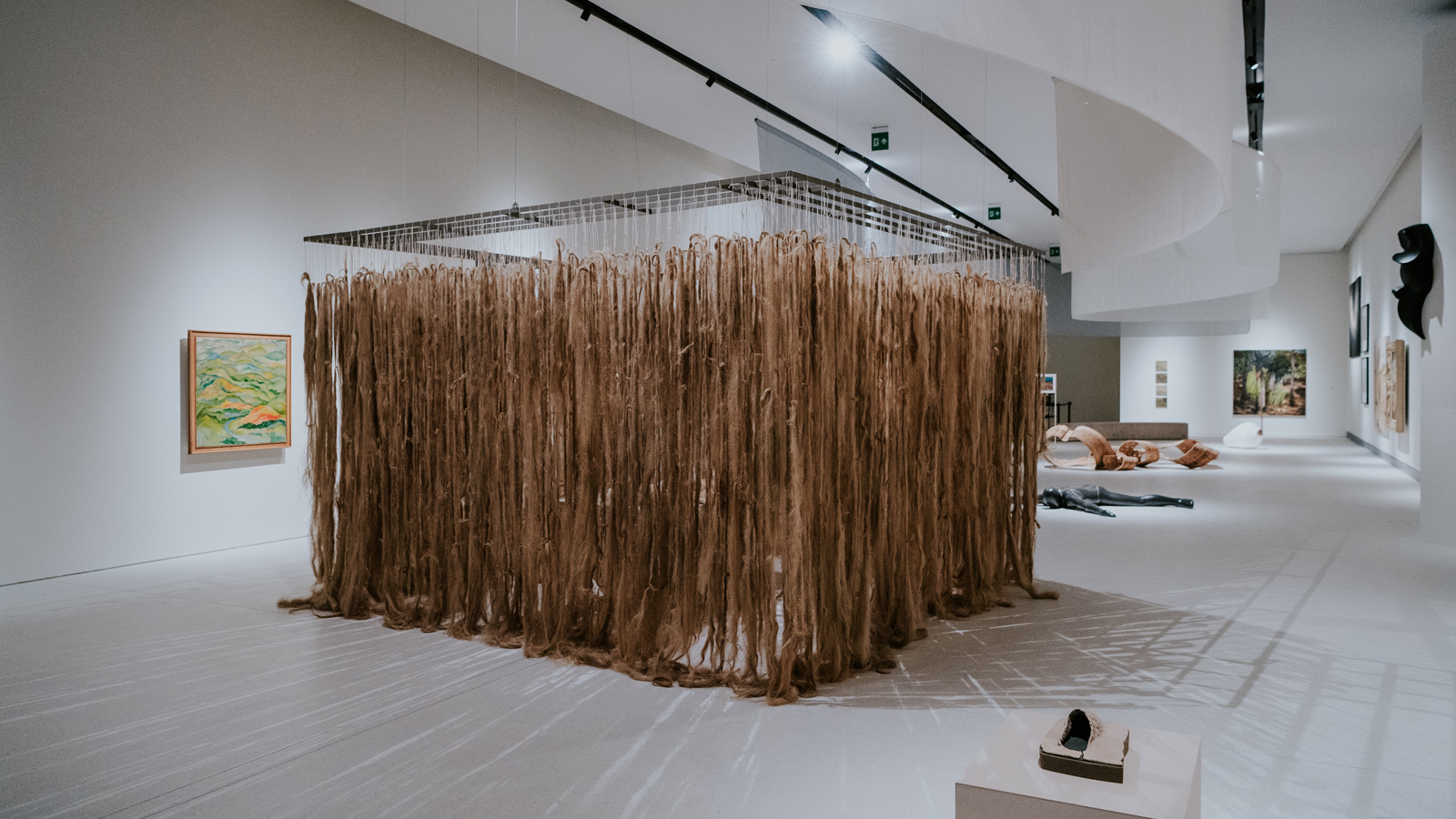

Exhibition ‘Leonor Antunes. da desigualdade constante dos dias de leonor*’ © Nick Ash
Artistic Programme
We are delighted to offer you a wide range of experiences with art in a building reimagined by Kengo Kuma. We would like to think of CAM as an open house, a place where you return often to enjoy our thought-provoking Live Arts program and to experience the art in our galleries.
Inaugurated in 1983, the original CAM building was conceived to present the extensive collection of Modern and Contemporary Art accumulated by Fundação Calouste Gulbenkian over 25 years. It was also envisioned as a venue to present emerging artists and new, multidisciplinary art forms.
As we start a new chapter of CAM’s history with a building reimagined by Kengo Kuma in an expanded garden designed by Vladimir Djurovic, we seek to rely on artists’ vision and ambition to instate a deeper, more experiential and thought-provoking relationship with art. We also hope that in making art more accessible we can encourage our visitors to make it a part of their life in the same way they casually stroll through the Gulbenkian gardens, alone or with friends and family.

CAM’s programme has thus been developed to provide various experiences of art and contemporary culture for audiences with varying levels of time availability.
To achieve this, we present a set of exhibitions organised in seasons, many of which feature selections of works drawn from our collection, as well as a comprehensive live arts programme which includes performances, screenings, talks, and mini festivals, some produced in collaboration with likeminded institutions in Lisbon and beyond. This programme will primarily be presented in CAM’s Studio, but also in the galleries, the hall, and outside in the Engawa or in the garden.
Prepared by our Learning Space team, an array of activities for young people, families, and all audiences includes participatory events and projects, as well as many guided visits and workshops.
In the CAM hall, visitors will encounter H BOX, a spacecraft-looking portable screening room designed by Didier Faustino in which one can screen a selection of artist videos, to be selected on a touch screen.

A new Sound Room will provide an immersive experience of Sound Art. This space dedicated to listening rather than looking will feature newly commissioned works as well as sound pieces drawn from the CAM collection.
Located next to the Studio, the Project Space will continue to present works by young artists, primarily projects conceived for this venue.
In the Nave and Mezzanine, we will present large-scale site-specific projects that incorporate a selection of works drawn from the CAM collection. We will also present dialogues between Modern and Contemporary artists, as well as themed group exhibitions, all of which will also feature works from the CAM collection.



The Engawa Space will host exhibitions until the summer of 2025, after which it will become a place for experiments, with new exhibition strategies and participatory projects.
The new Lower Level, known as C1, features the Collection Gallery, a place dedicated to the presentation of works from the CAM collection. Exhibitions in that space will remain on view for two years.

The collection will also be present in two other spaces on the same floor: the Open Storage and the Drawing Room (to be inaugurated in the spring of 2025). Both spaces intend to showcase a changing selection of works in a more informal setting: they are envisioned as viewing rooms where professionals can inspect works or carry out research, as well as for visitors to acquaint themselves with artworks while becoming aware of all institutional work usually carried out behind the scenes.